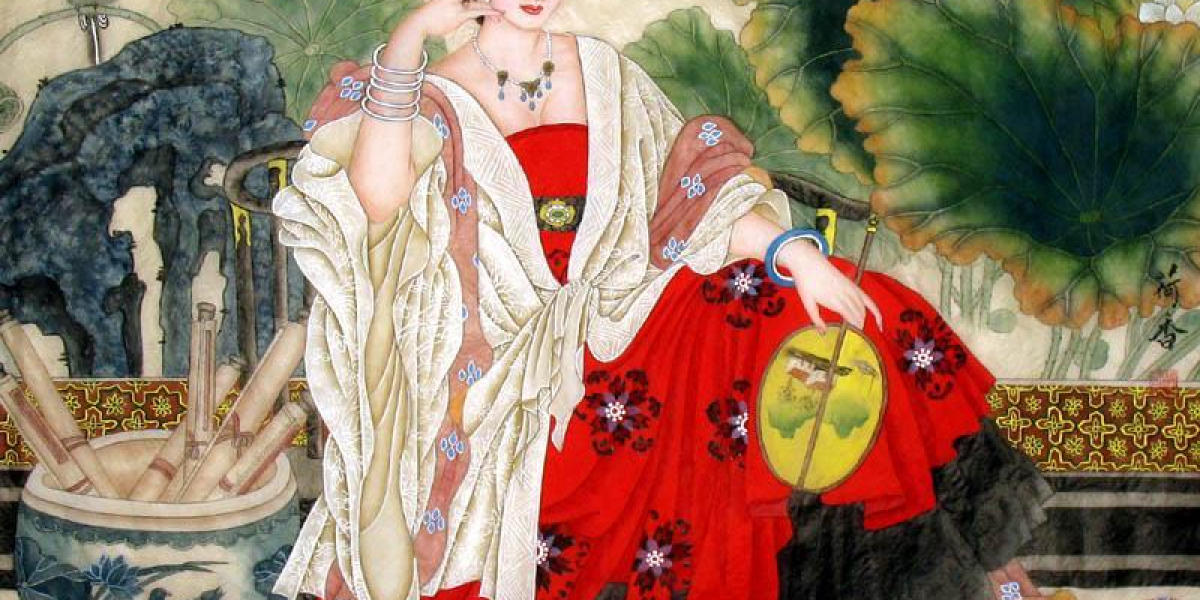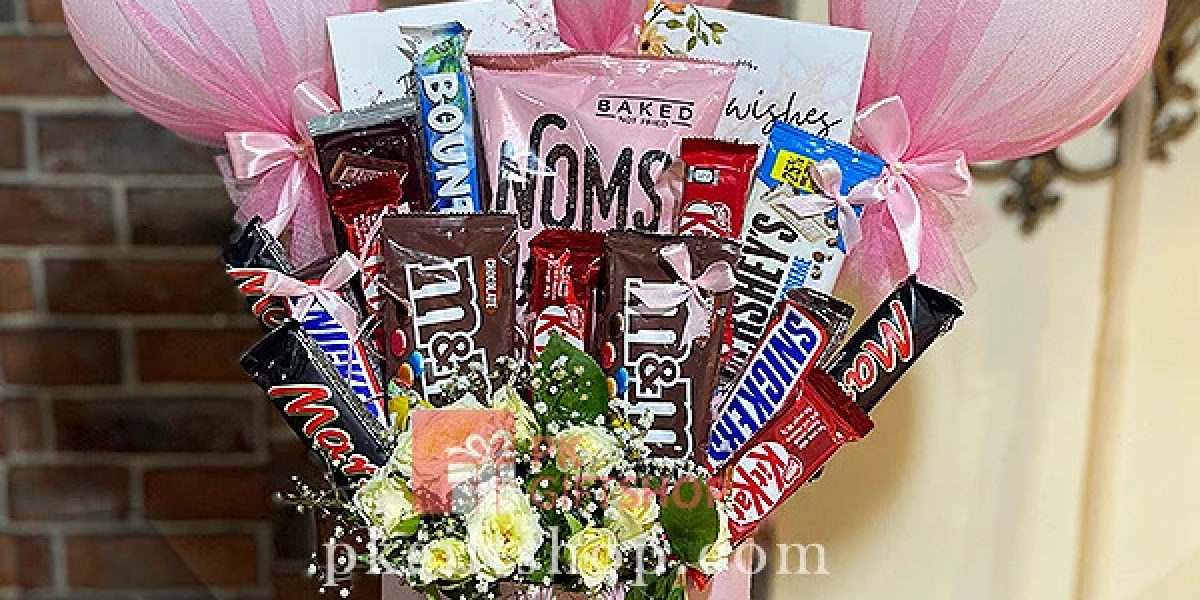Chinese cultural art is unique because it combines deep philosophical thought, historical continuity, symbolism, and a strong connection to nature and harmony. This form of art is not only a means of aesthetic expression but also a powerful reflection of China’s social values, traditions, and worldview that have developed over thousands of years.
At the heart of Chinese cultural art lies the influence of Confucianism, Daoism, and Buddhism. Confucianism emphasizes harmony in human relationships and social order, which is often symbolized in art through balanced compositions and scenes of daily life. Daoism focuses on nature, simplicity, and the flow of life — these ideas can be seen in traditional Chinese landscape paintings, which feature mountains, rivers, and clouds, painted in a soft, flowing style to evoke peace and spiritual freedom. Buddhism introduced themes of meditation and transcendence, which are depicted in temple murals and sculptures of deities.
One of the most iconic art forms in Chinese culture is ink painting, often done with brush on rice paper or silk. This technique emphasizes the beauty of minimalism, with every brushstroke reflecting the artist’s inner state. It’s less about precise detail and more about capturing the spirit (called "qi") of the subject — whether it’s a bamboo stalk, a tiger, or a scholar. The control of ink flow, line thickness, and brush movement is a highly respected skill, passed down through generations.
Calligraphy is another important Chinese art form. It’s not just writing — it’s a visual and spiritual art. The characters are written in styles ranging from formal to expressive, and mastering it is considered a sign of moral integrity and discipline. Scholars in ancient China were often both artists and calligraphers, and their works reflected their character and intellect.
Chinese decorative arts such as porcelain, jade carving, silk embroidery, and paper cutting also reflect cultural values. For instance, dragons and phoenixes are common motifs symbolizing power, luck, and harmony. Colors carry meaning — red represents good fortune and joy, while gold symbolizes wealth and royalty.
Chinese art also pays great attention to symbolism. A plum blossom represents resilience because it blooms in winter. A crane symbolizes longevity. Artworks are not only beautiful but also carry messages of good luck, prosperity, and wisdom. This symbolic language allows art to serve both decorative and communicative roles in society.
In modern times, Chinese cultural art continues to evolve, mixing tradition with contemporary techniques and themes. Yet, it still holds onto its roots — expressing the essence of Chinese thought, the respect for nature, and the value placed on harmony, family, and the continuity of culture.
In conclusion, Chinese cultural art stands out because it is deeply integrated with philosophy, tradition, and daily life. It is more than a visual experience; it’s a reflection of the Chinese way of thinking and being — thoughtful, symbolic, and harmonious.

















